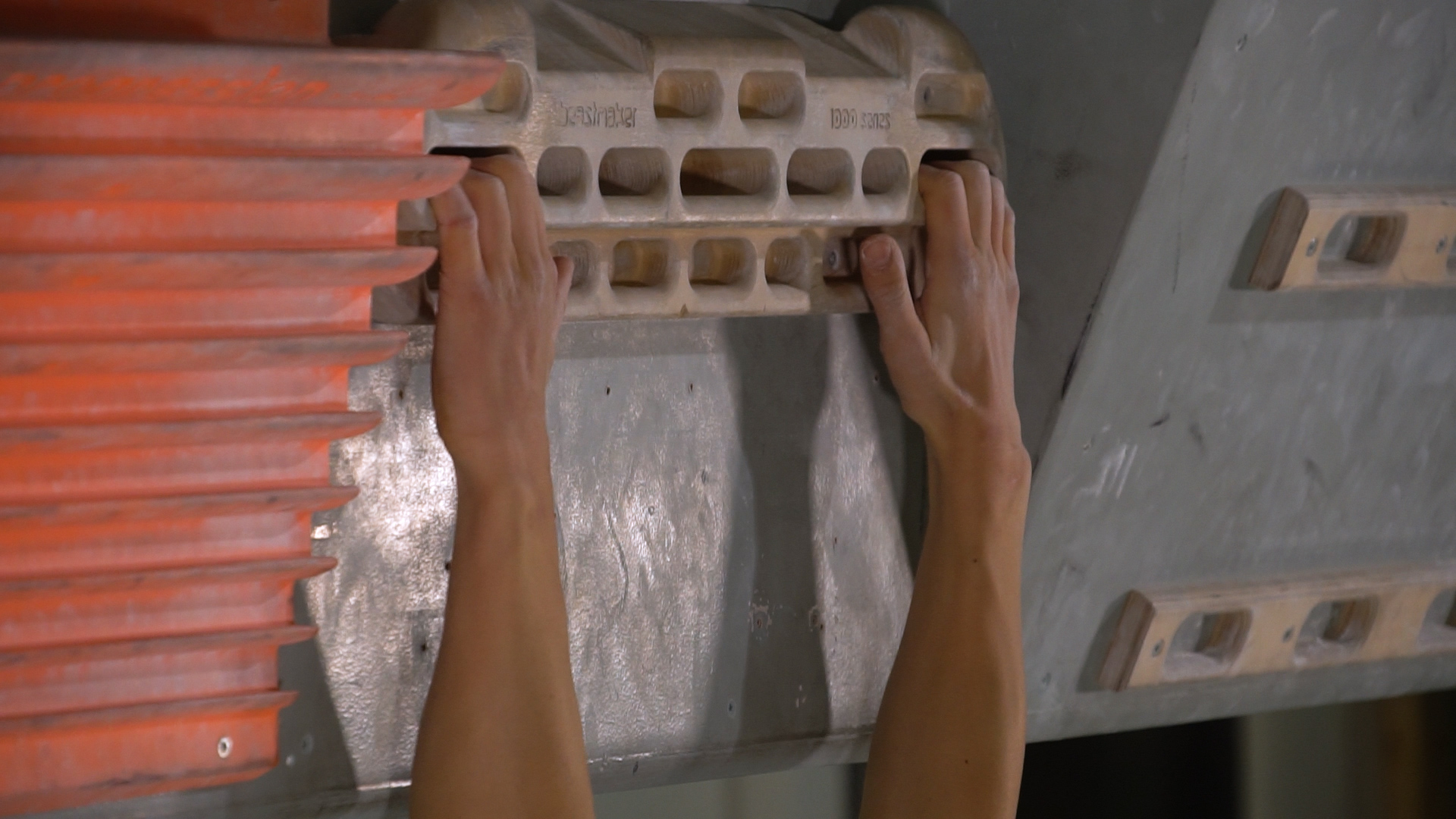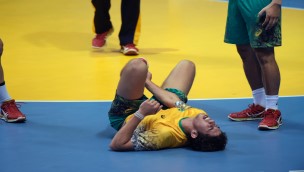Finger training
Start finger training on large holds and good ledges - and increase the load gradually! It is recommended to climb steadily for at least two years before starting specific finger training.

Due to the risk of injury to the growth zones of the fingers, specific finger training, such as dead hang training, has until now been discouraged for young growing athletes. The Norwegian Climbing Federation still recommends caution when it comes to specific finger training for younger athletes who have not yet fully developed their fingers, but based on recent knowledge we will no longer categorically advise against dead hang training for this group of athletes.
The training methods in this program make it possible to do deadlift training in safe and responsible ways. Controlled strength training for the fingers, incorporated into a sensible training program, will help to increase finger strength through safer training methods than finger-heavy climbing and bouldering sessions. The strain on the fingers is lower in the deadlift training done in these exercises than during regular climbing and bouldering sessions. In this way, the training can help to reduce the risk of later finger injuries, as research results from other sports show that structured strength training helps to reduce the risk of injury.
The Norwegian Climbing Federation still advises against campus training and a one-sided focus on finger-heavy climbing and bouldering. Instead, we encourage young climbers to train in a variety of ways to become as complete climbers as possible. Finger pain should be taken seriously and investigated by qualified healthcare professionals to avoid serious damage to the growth zones of the fingers. Junior climbers with finger pain should be examined both with an X-ray and preferably by a hand surgeon.


